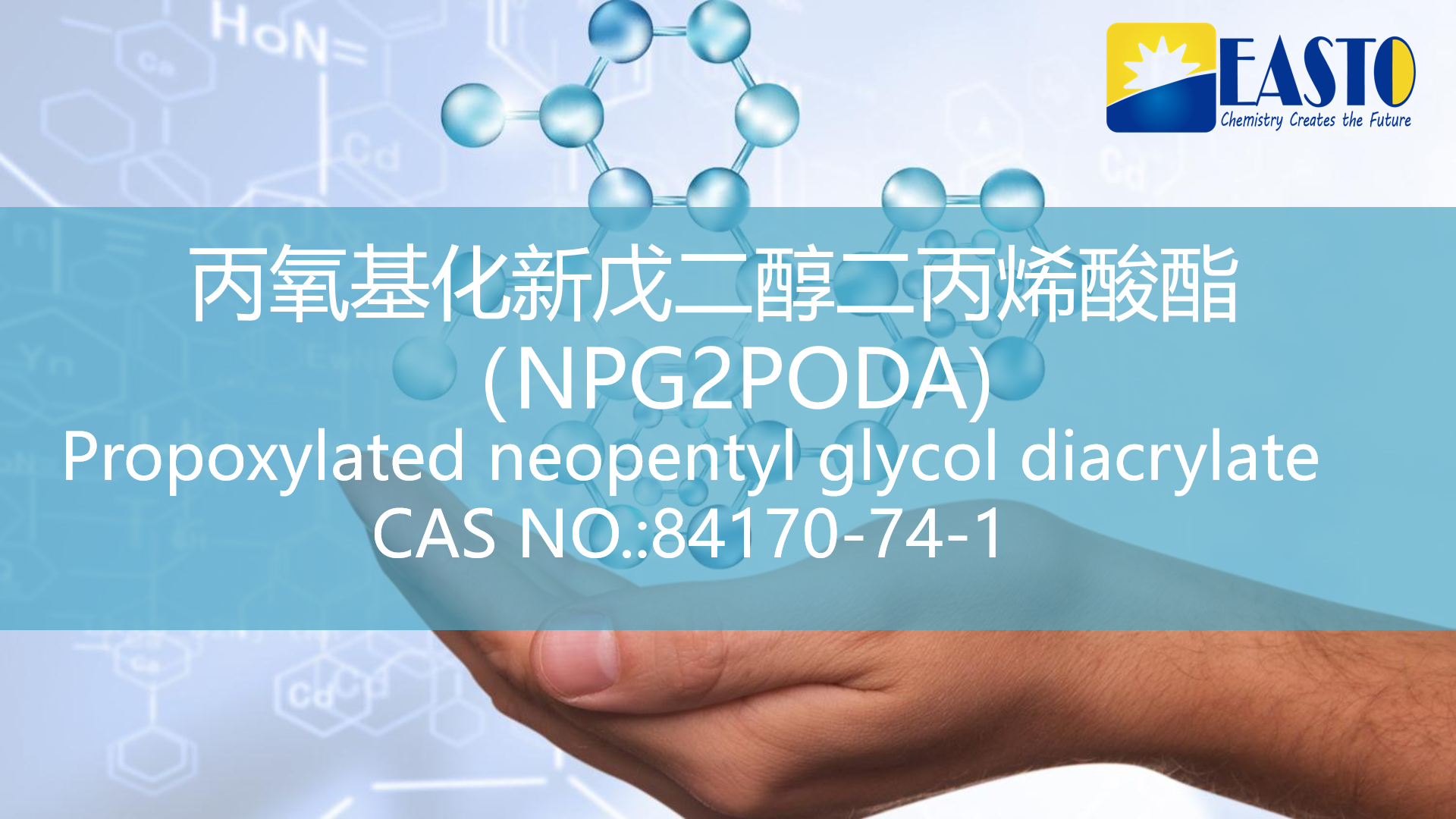DMAEMA: The "Smart" Monomer Powering Next-Generation Materials(Part 2)
Release time:
2025-05-20
Transforming Industries: Diverse Applications of DMAEMA
The unique structural and functional properties of DMAEMA translate into a broad spectrum of applications across numerous industries, demonstrating its versatility and economic significance.
Water Treatment & Flocculation
DMAEMA is extensively utilized in the production of cationic polymers that serve as highly effective coagulants and flocculants for wastewater treatment and purification processes. Its quaternized derivatives, such as trimethylammonium ethyl acrylate chloride, are particularly significant. These are copolymerized to form high molecular weight cationic polyacrylamides, which are widely employed as coagulants and flocculants in water clarification and as retention and dewatering agents in papermaking. The deliberate chemical modification of DMAEMA through quaternization to create permanently charged polymers for water treatment highlights a crucial industrial strategy. This demonstrates how the fundamental chemical properties of a monomer are not just utilized but are further enhanced and amplified through targeted chemical transformations to achieve superior performance in large-scale industrial applications.
Coatings & Adhesives
DMAEMA is a highly valued component in the formulation of high-performance coatings, paints, varnishes, and adhesives.1 Its incorporation significantly improves key properties such as adhesion, flexibility, hardness, and water resistance of these materials, leading to more durable and effective products. It is also employed in UV-curable coatings and serves as a reactive diluent in the synthesis of various acrylic resins. The coatings segment is projected to remain the dominant application area for DMAEMA, driven by its widespread use in critical sectors like construction, automotive, and electronics.
Textile & Paper Processing
In the textile industry, DMAEMA enhances dye uptake, imparts desirable antistatic properties, and provides softening effects to fabrics. For paper manufacturing, it contributes to improved wet strength and enhances the overall surface properties of paper products.
Biomedical & Pharmaceutical Innovations
The convergence of DMAEMA's inherent pH/temperature responsiveness, cationic charge, and versatile polymerization capabilities enables it to address some of the most complex challenges in biomedicine, particularly in targeted therapies. This signifies a transformative shift from using materials as passive components to developing highly specialized, intelligent systems that can actively interact with biological environments.
- Drug Delivery Systems: DMAEMA-based polymers are extensively utilized in the development of pH- and temperature-responsive hydrogels and nanogels for highly controlled drug release. Their remarkable ability to undergo dramatic volume changes in response to specific pH and temperature shifts allows for precise spatial and temporal control over drug release, which is particularly beneficial for targeted delivery of anticancer drugs in the slightly acidic tumor microenvironments. These polymers can also form nanosized micelles capable of encapsulating drugs, leveraging the "enhanced permeation and retention (EPR) effect" to preferentially accumulate drugs in tumor sites.
- Gene Delivery: Owing to its positive charge when protonated, DMAEMA readily forms stable electrostatic complexes with anionic biomacromolecules like DNA and RNA, making it a highly promising non-viral gene vector. These vectors facilitate the efficient transport of genetic material into cells, thereby influencing transcription and translation processes. Non-viral vectors are increasingly favored over traditional viral vectors due to their lower immunogenicity and greater ease of controlling their properties.
- Antimicrobial Agents: The quaternized forms of DMAEMA demonstrate potent bactericidal properties. Their cationic nature allows them to effectively disrupt bacterial membranes through electrostatic interactions, leading to cell death.
- Tissue Engineering: DMAEMA-based hydrogels are also being actively explored as biocompatible scaffolds for tissue engineering applications, leveraging their tunable mechanical properties and ability to respond to biological cues.
Personal Care & Cosmetics
DMAEMA is incorporated into hair and skincare formulations, where it functions as a conditioning agent, improving attributes like hair shine and manageability.5
Other Emerging Applications
DMAEMA finds utility in various other specialized fields. In electronics and conductive polymers, it is used in antistatic coatings and the development of ion-conductive films. Within the oil and gas industry, it is applied as a component in drilling fluids, various oilfield chemicals, and anti-corrosion coatings.
The Future Outlook: Driving Sustainable Innovation
The global DMAEMA market is experiencing robust growth, with an estimated market size of $500 million in 2025 and a projected Compound Annual Growth Rate (CAGR) of 6% from 2025 to 2033. This significant growth is primarily driven by expanding applications in established sectors like coatings and water treatment, alongside the rapid emergence of novel applications in biomedical engineering and advanced drug delivery systems.
Key trends shaping the future of DMAEMA include an increasing industry focus on sustainable manufacturing processes and the active development of bio-based DMAEMA alternatives to address environmental concerns. The combination of strong market growth with a clear industry shift towards sustainability indicates a mature yet dynamically evolving sector for DMAEMA. The proactive development of bio-based alternatives suggests a long-term vision for DMAEMA's role in a greener chemical economy, demonstrating an industry commitment to balancing functional benefits with environmental responsibility. Ongoing research is also dedicated to enhancing DMAEMA's performance characteristics, including improving polymerization efficiency and tailoring its functional properties for even more specific and demanding applications.
Conclusion: A Versatile Building Block for Tomorrow's Solutions
From its unique dual-functional structure, which provides both polymerization capability and pH-responsiveness, to its diverse and expanding applications across a multitude of industries, 2-(N,N-Dimethylamino)ethyl methacrylate (DMAEMA) stands out as a truly versatile and "smart" monomer. Its unparalleled ability to create polymers that respond dynamically and predictably to environmental cues like pH, temperature, and ionic strength positions it at the forefront of material innovation. As scientific research continues to explore new polymerization techniques, refine its functional properties, and drive towards more sustainable synthesis routes, DMAEMA will undoubtedly remain a critical building block for developing the advanced, responsive materials essential for addressing tomorrow's complex challenges, from breakthroughs in healthcare and biotechnology to advancements in environmental protection and high-performance industrial products.
Specification of Easmer DMAEMA
Table 2:Specification of Easmer DMAEMA
Appearance | Clear liquid |
Color /APHA | 50 Max |
Purity (by GC) /% | 99.5 Min |
Acidity (MAA) /% | 0.02 Max |
Moisture /wt.% | 0.05 Max |
Interested in learning more about how Easmer DMAEMA can benefit your specific application? Contact us today for technical support and sample information!
DMAEMA
Latest News
Get a Free Consultancy
NANTONG EASTO MATERIALS TECHNOLOGY CO.,LTD.

No.118,Zhujiang Rd.,Juegang St.,Rudong County,
Nantong City,Jiangsu Province,226400,China




 2025-05-27
2025-05-27






